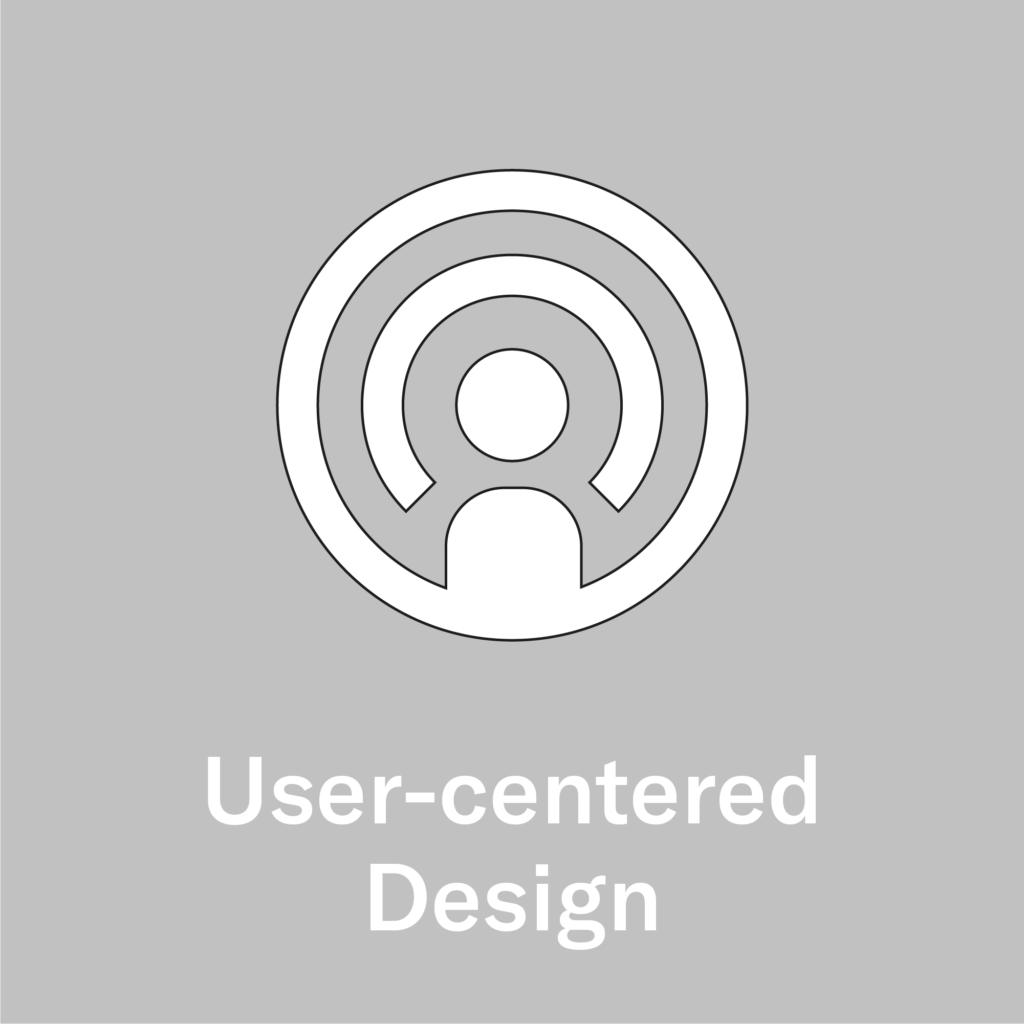Both private and public sector actors should utilise user-centered design research and design methods to ensure that digital transformations address actual user or customer needs as well as improve the usability and accessibility of product offerings or service provision. User-centered design has become a standard approach for startups and organisations seeking to create viable businesses to identify problems to be solved and heighten customer satisfaction.
The public sector has traditionally undertaken communicative and collaborative approaches to ascertain feedback on internally conceived plans or program implementation impacts. However there is increasing importance attributed to customer experience in government service provision to meet the public’s expectations of good governance. To ensure needs and expectations are adequately met subject citizens and stakeholders are ideal collaborators to identify problems and possible solutions at the earliest conception and design stages of a program or project. One example is collaborative solution building for civic projects involving new technologies undertaken by City Tech Collaborative through user testing and focus groups. [1]
Best practice: [1] City Tech Collaborative. Civic Design and User Testing.
